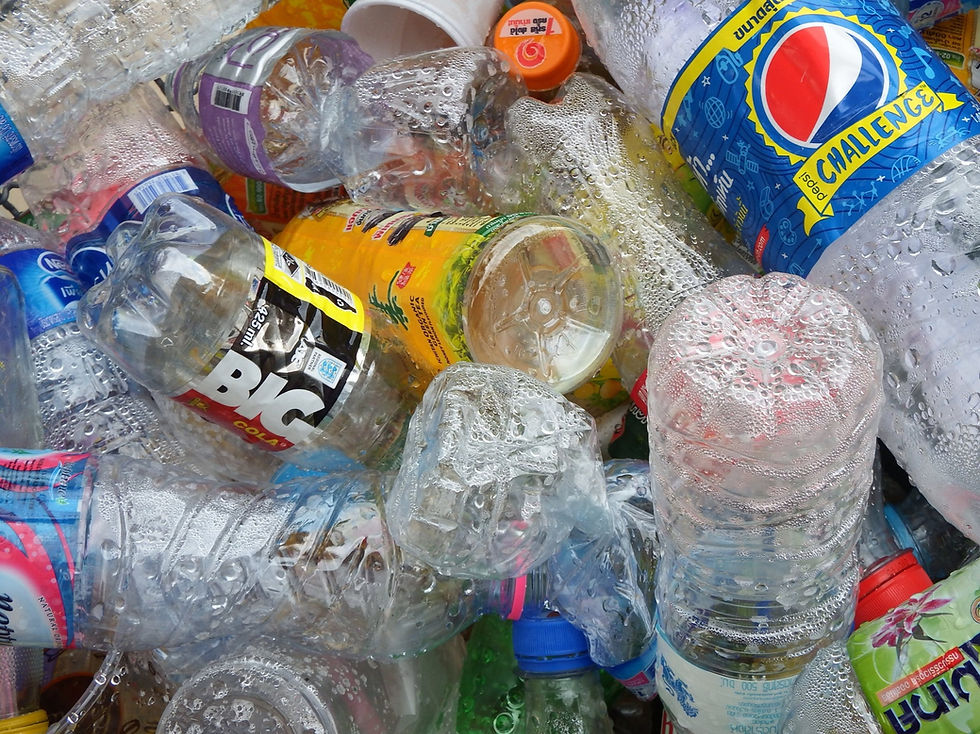Irrigation uses too much plastic.
- cfneug
- May 16, 2021
- 2 min read
Stop buying plastic that your plants don't need. Nature will appreciate it.

The first product category that comes to mind when people think about escalating plastic pollution is single-use food packaging, and rightly so -- it is the top contributor to the world's growing plastic problem. But you might be surprised to learn that construction is the second largest use of plastic. Landscape irrigation contractors use plastic pipes extensively and although most homeowners don't give it much thought, the amount of plastic buried in their yard or apartment complex can really add up. A typical residential irrigation system can easily contain 100's of pounds of plastic -- it is often the largest single plastic thing people own -- and historically irrigation is redone every 20years on average in the US, creating a very substantial plastic waste burden.
Each year over 6 million metric tons of irrigation pipe plastic is produced and put into service; eventually the vast majority of that will find its way into landfills, incinerators or the oceans. That's enough plastic to make a new Pacific garbage patch every 5 days.
As bad as that sounds, there are things we all can do. But they might not be as obvious as the old 'paper or plastic' choice at the supermarket.
Plastic is considered the best material for conveying irrigation water over long distances reliably and inexpensively. It is unlikely to be replaced by some new material in the short term. But there are technologies, choices and design decisions that can affect how much plastic is used by a landscaping project.
Here are some guidelines for reducing plastic use in landscape irrigation:
Balance & minimize flows. The large diameter pipes required for high flow rates have proportionally thicker walls and use much more plastic per linear foot. The peak flow required by the worst case hydrozone in a system will set the diameter of the mainline. In many cases splitting a single high outlier flow into two smaller hydrozones can enable the designer to reduce pipe size not just for that zone, but for everything upstream.
Use low precipitation rate heads and drip. For the same hydrozone area, flow rates can often be cut in half with low precipitation technology which then fits into a smaller pipe diameter. Slower application rates (inches/hour of equivalent precipitation) can also reduce waste and improve irrigation efficiency and uniformity by preventing runoff.
Use recycled plastic. Some brands of riser pipe (also known as 'funny pipe') use 90% recycled content; if you can use those more in your installs, you should.
Use plastic that will be easier to recycle when decommissioned. PVC is notoriously difficult to recycle. Newer alternatives such as HDPE pipe are finding strong uptake in municipal water systems and are well proven in irrigation applications.
The plastic footprint of the landscape industry can be reduced without compromising plant health or system reliability if done right. The side benefit? Reducing plastic also lowers you materials costs. Even small design changes can cut out 10% of the plastic in a given project. If the journey to a sustainable plastic future feels a thousand miles long, it turns out there are some pretty straightforward first steps available right now that can have a meaningful impact.




Comments